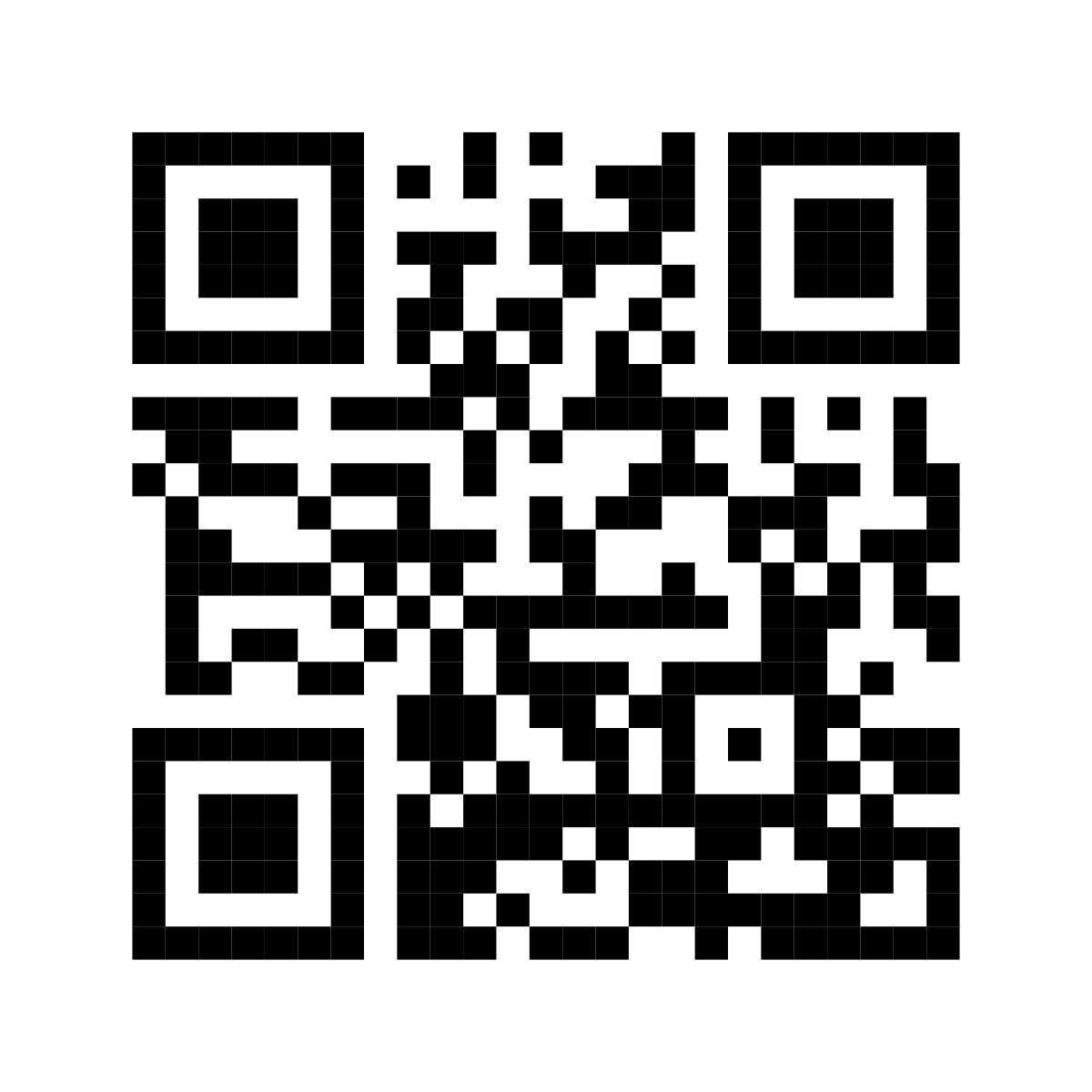- Understanding QR Codes
QR codes, or Quick Response codes, have revolutionized the way we access and share information. These two-dimensional barcodes, initially created in Japan for the automotive industry, can store a variety of data types such as URLs, contact information, and more. Unlike traditional barcodes, QR codes can hold significantly more information and can be read quickly by smartphones and other devices equipped with QR code readers. Their versatility and ease of use have made them popular in various fields, from marketing and retail to healthcare and logistics. - Steps to Create a QR Code
Creating a QR code is a straightforward process that can be accomplished using various online tools and mobile applications. First, determine the type of data you want to encode—this could be a website URL, a vCard, plain text, or another format. Next, select a QR code generator; many free and paid options are available online. Enter the data into the generator and customize the design if desired, as some generators offer options to change the color, add logos, or adjust the shape of the QR code. Once you’re satisfied with the design, generate the QR code and download it in your preferred format, such as PNG, JPEG, or SVG. Ensure to test the QR code with a scanner to verify its functionality before using it. - Practical Applications of QR Codes
QR codes offer a myriad of practical applications across different industries. In marketing, businesses use QR codes to link customers to websites, special offers, or promotional videos, enhancing engagement and tracking the effectiveness of campaigns. In retail, QR codes can streamline inventory management and enable contactless payments. In the healthcare sector, QR codes are used for patient identification, accessing medical records, and tracking medication. Furthermore, event organizers utilize QR codes for ticketing and check-in processes, making operations more efficient and secure. The flexibility and utility of QR codes make them an invaluable tool in modern business and everyday life. - Best Practices for Using QR Codes
To maximize the effectiveness of QR codes, it is essential to follow best practices. Always ensure that the QR code is scannable by testing it with multiple devices and applications. Place QR codes in locations where they are easily visible and accessible to users. Provide clear instructions or a call-to-action to inform users what they can expect after scanning the QR code. It is also important to maintain the QR code’s simplicity and avoid over-customization that might interfere with its readability. Additionally, consider the security aspect by using QR codes that lead to secure and trustworthy links to protect users from potential phishing scams. By adhering to these best practices, you can effectively integrate QR codes into your strategies and enhance user experience.
QR codes are a powerful tool for quickly and efficiently sharing information. By understanding how they work, how to create them, and their practical applications, you can leverage this technology to improve your business operations, marketing efforts, and customer engagement. Following best practices ensures that your QR codes are effective and provide a seamless experience for users.create qr code

